By Jan Tegler
At a Senate Armed Services Committee hearing in early July to consider his nomination to be chairman of the Joint Chiefs of Staff, Gen. Charles Q. Brown Jr. told senators that he would set a personal example as an apolitical chairman.
“We need to stay out of politics and stay nonpartisan, nonpolitical and at the same time advocate that our civilian leadership is not bringing us into political situations,” he said. “We have to maintain a standard as part of the force and that’s what’s expected of the nation, for us as military members.”
Brown’s statement before the committee is directly at odds with his conduct since he was appointed as chief of staff of the U.S. Air Force in August 2020.
During Brown’s tenure, the service has become more politicized, more divided, and less accepting of any disagreement with Department of the Air Force policy and its initiatives than it has been at any time in its history. . . . .
. . . . The service is also short of the pilots it needs, even with declines in its aircraft inventory. In testimony before the House Armed Services committee in mid-April, Gen. David Allvin, the current vice chief of staff and the officer nominated to replace Brown as chief, told lawmakers that the Air Force ended fiscal year 2022 with 1,900 pilots less than its 21,000-pilot goal.
The loss of 250 pilots in 2022 continues a trend that the service ascribes to money, lack of a stable home life, and duties other than flying. Never mentioned however, is Air Force culture, a feature of life in the service that has changed significantly under Gen. Brown.
With Brown came a wave of political initiatives.
In early 2021, the service established its Office of Diversity and Inclusion, followed that spring by the establishment of the Department of the Air Force LGBTQ+ Initiative Team.
Air Force major commands began appointing diversity and inclusion officers the same year, and last March, the service launched an effort to hire senior-level diversity, equity, and inclusion managers at Air Force headquarters in Arlington, Virginia, Andrews AFB near Washington D.C., Elmendorf AFB, Alaska, and Maxwell AFB in Alabama, among other locations.
Annual salaries range from just over $90,000 to over $180,000 per year at a time when Gen. Brown’s Air Force is forced to make “tough decisions,” as he stated at a Brookings Institution event last February.
Since 2020, Gen. Brown has made public statements emphasizing, “I hire for diversity because they all bring a different perspective, which makes my decisions that much better, because I hear different sides of the argument”.
Merit is not mentioned.
It’s unclear how many diversity and inclusion officers/managers the Air Force currently has or what the total monetary cost of this DEI bureaucracy is.
Nor is it clear how these personnel — whose appointment eerily echoes the practice of embedding political officers in the Soviet Union’s military or China’s present-day People’s Liberation Army — make the service better or more lethal.
Under Brown, airmen have been required to undergo DEI training and instruction.
Suggested diversity and inclusion resources for service personnel include videos from the Chief as well as videos like “Seek to Understand, Microaggressions” from Air Education and Training Command, books on “unconscious bias”, “race-specific learning”, “white rage”, “the Military Why of Diversity & Inclusion.”
At the U.S. Air Force Academy, the institution responsible for training the majority of the service’s officer corps, teaching materials were recently revealed via a Freedom of Information Act lawsuit that include instructional material on critical race theory, “white privilege” and Black Lives Matter.
A PowerPoint presentation on “Political Psychology, Lessons 32-33: Prejudice and Racism” includes slides suggesting whites and Republicans are racists and posits “the effect of white identity” on people of color, support for voter I.D., and support for political violence.
Cadets who go through the Academy’s “Cadet Wing Diversity and Inclusion Program”, now in its third year, wear a purple rope across their left shoulder “symbolizing their position as a diversity representative” so that they can “advise students on diversity,” according to an Academy press release.
Specially designated cadets who act as “diversity representatives” educating their peers on the “positive outcomes of D&I” bring to mind the aforementioned political officers of the PLA and Soviet military.
Expressing disagreement, particularly about DEI, isn’t wise, airmen tell me. Many say it could be a career-ender.
Others have voted with their feet, choosing to leave careers they once dreamed of because the U.S. Air Force is now focused more on racial and gender politics than it is on winning wars.
Despite proclamations from Brown and other Air Force leaders that diversity creates a better Air Force, I can find no empirical evidence, no comprehensive objective studies assessing whether a diverse military force or a homogeneous military is more effective. . . . . (read all on 19 Forty-Five)
Jan Tegler has written about aerospace and defense for over 20 years for domestic and international defense publications. He currently contributes to National Defense and is the author of “B-47 Stratojet: Boeing’s Brilliant Bomber” published by McGraw-Hill.

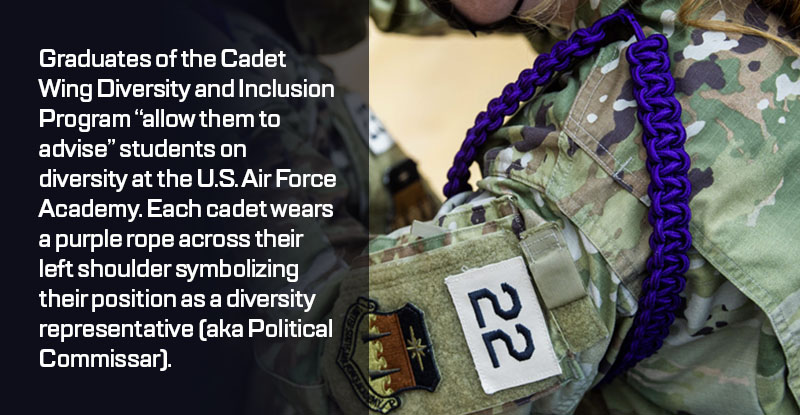
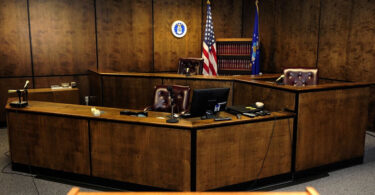
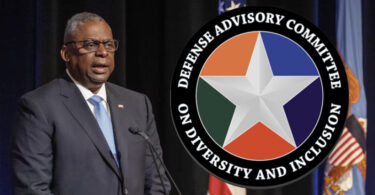
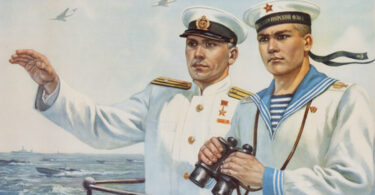
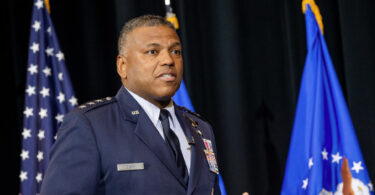
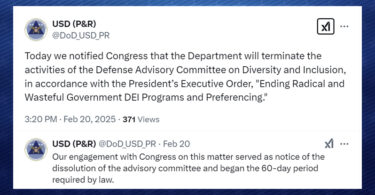
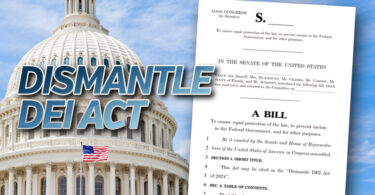
Leave a Comment